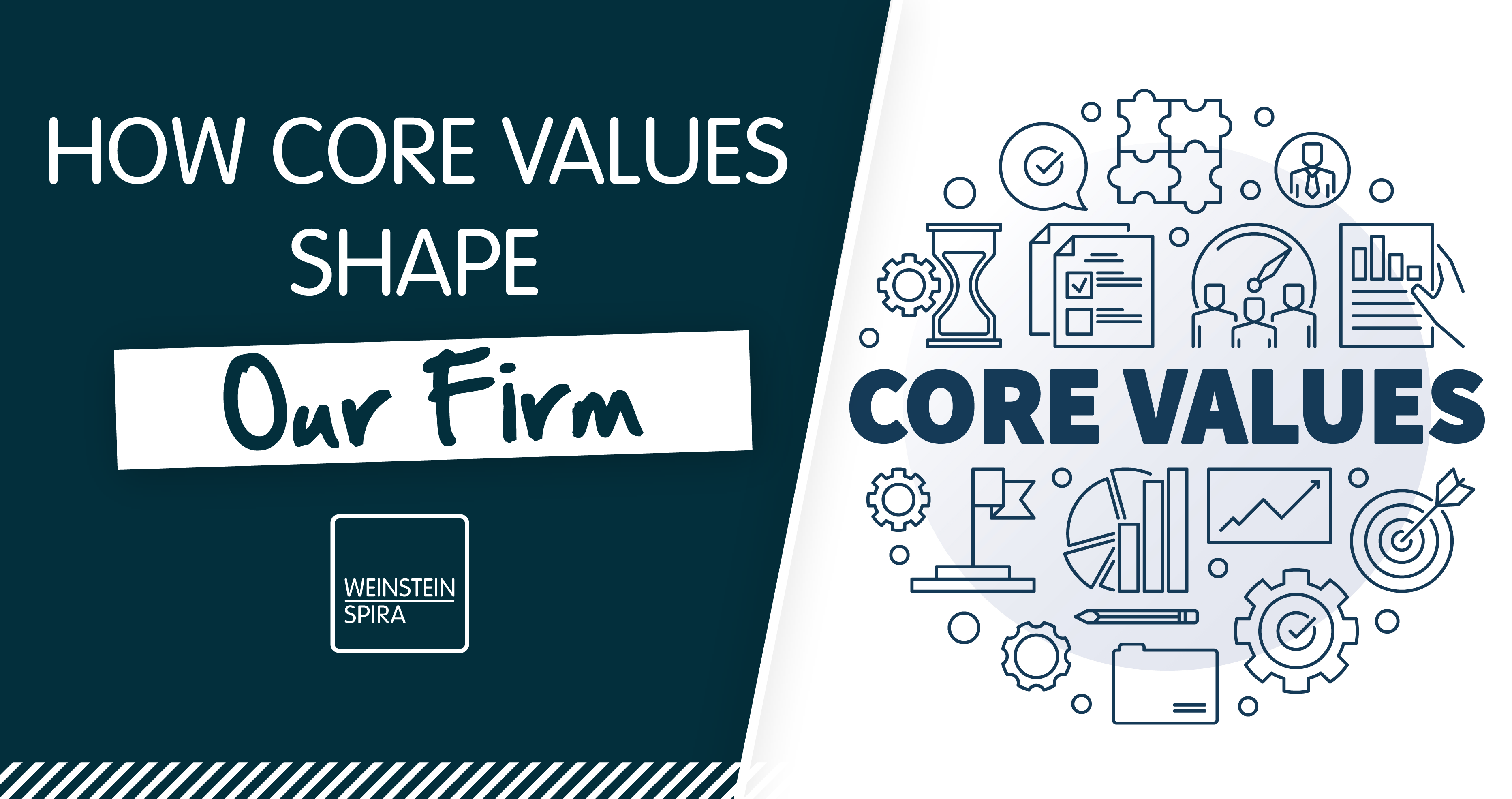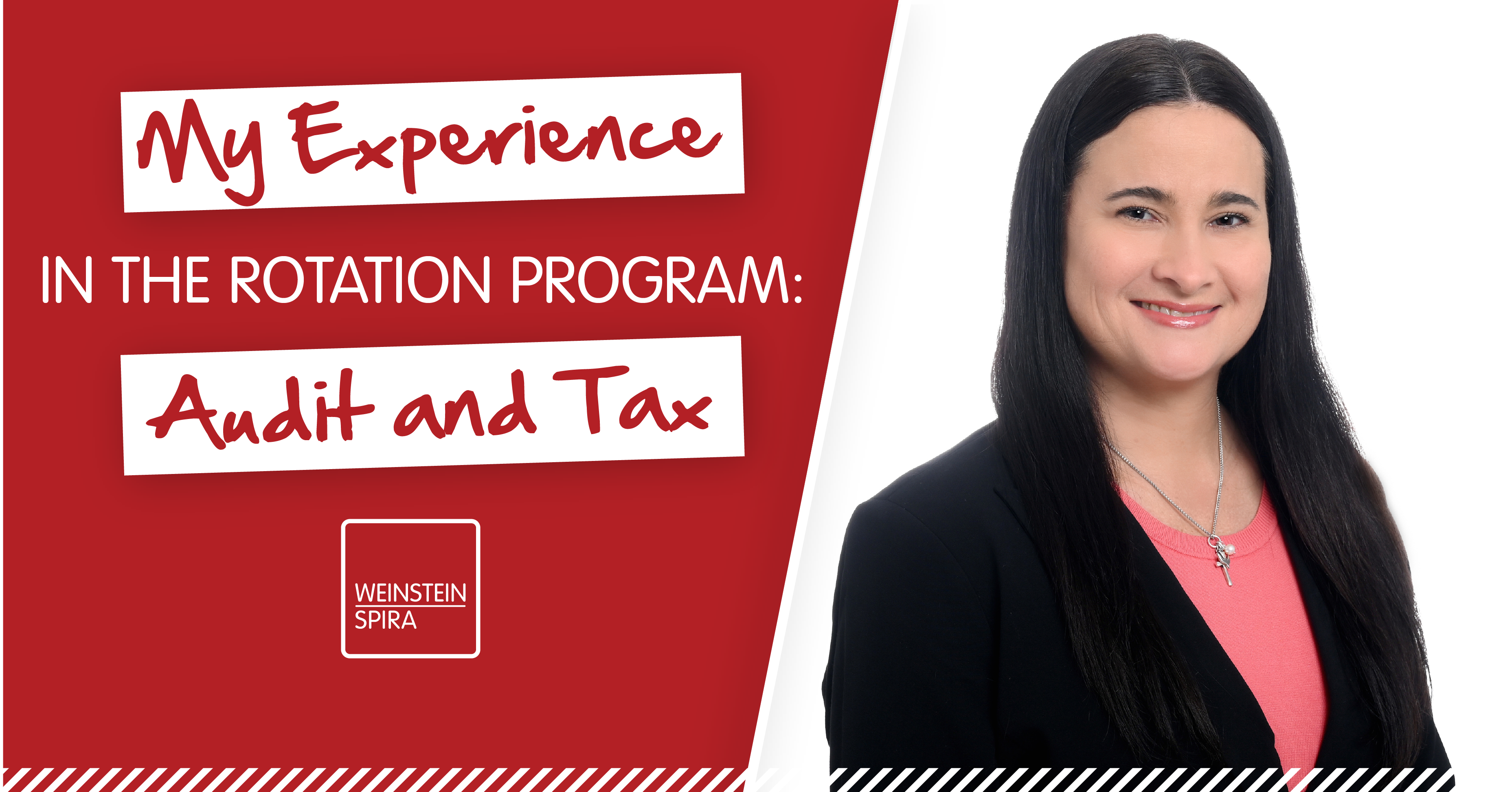Introduction
Hello, again, my fellow knowledge-hungry, number-crunchers! Welcome to Episode 3 of the three-part mini-series on Revenue Recognition (a.k.a. Everything You Always Wanted to Know About Rev Rec). Like the late, great Stephen Hawking did with the universe, I am here to try and unravel the mysteries of the ominous new Revenue Recognition standards. Ready to blast off?
Recap
If you recall, last time we laid down some definitions regarding the principles of the new standards. Click here if you need a refresher or to reference those definitions as we walk through the process to recognize revenue under these new guidelines.
Contracts with “Customers”
Note that the principles of the new standards apply only to contractswith customers! This means that other types of contracts —leases, debt, derivatives, etc. —are not covered under Rev Rec. (Some of their rules have also been updated recently, but that’s for another blog.)
Five-Step Process
There are five steps (note the intentional exclusion of the word “simple”) under the new Rev Rec process. They may seem overwhelming at first; however, after putting this process in place for one customer contract, they can be easily duplicated across other similar-type customer contracts.
Step 1: Identify the contract
Step 2: Identify the performance obligation(s) in the contract
Step 3: Determine the transaction price
Step 4: Allocate the transaction price to the performance obligation(s) in the contract
Step 5: Recognize revenue when or as performance obligations are satisfied
These five steps are very generalized, which was the intent of the “Powers that Be,” making the process applicable across all industries, even though they may record stuff differently (e.g. software, oil & gas, construction, manufacturing, etc.). This will create consistency, which, as noted in the first Rev Rec episode, was a primary purpose of creating these new standards in the first place.
Missed previous installments? Read Episode 1 and Episode 2.
Step 1: Identify the Contract
As defined previously, the contract is an agreement between two parties with enforceable rights and obligations. As enforceability is a matter of law, this definition may change between jurisdictions (i.e. U.S. operations may define a contract differently than operations in another country). There is no contract if both sides can cancel, if the work hasn’t been done, or if payment has not been received. In these cases, revenue is typically recognized when the agreement is satisfied and the customer is obligated to pay.
For example, consider when you reserve a hotel room. If you reserve a room a month in advance, with the right to cancel with a 24-hour notice, is there a contract? No, because there is a right to cancel and both parties can walk away.
Now, let’s think about a six-month, non-cancelable agreement to provide customer support for a fixed-fee of $5,000 each month. Yes, there’s a contract. What if the agreement requires a $2,000 monthly flat fee, plus hourly rates for the incurred services provided? Yep, still a contract.
Step 2: Identify the Performance Obligation(s) in the Contract
Performance obligations include any promises made by the seller, whether explicit or implied, that create valid expectations that goods will be transferred to or services rendered for the customer. Companies must identify the distinct goods or services, or bundles, or series of distinct goods or services that are substantially the same, in order to be accounted for as a separate performance obligation. Recall also from the last episode that these are required to be disclosed.
Take a catering company, for instance, who entered into a contract with an accounting firm to provide lunch for fifty people every Friday for their “Fun Brigade” events for a 10-week period. The expectation is that lunch will be provided every week and, thus, this is the performance obligation.
Step 3: Determine the Transaction Price
This step can be especially tricky, as judgment (a step up from “guesstimate”) is required. The transaction price is the amount of consideration (payment) to which the seller expects to be entitled. The trickiness comes from what the accounting world calls “variable consideration,” which includes the unknowns, like refunds, returns, discounts, and other customer credits. Companies must take into account past experience, industry practices, and economic conditions, among other factors.
Step 4: Allocate the Transaction Price to the Performance Obligation(s) in the Contract
Once the transaction price and performance obligations are identified, you can now allocate the transaction price to said performance obligations. This can get complicated when there is a range of prices, or if variable consideration must be allocated. However, most commonly, it’s allocated as if each performance obligation is a standalone sale.
Let’s continue with our friendly neighborhood catering company example, feeding those lucky CPAs every Friday. If the ten-week contract is for $3,000, then it would (likely) be treated as $300 per meal delivery. If the caterer offers everything from trays of grilled cheese to black truffle linguini, they may decide to weight the $3,000, perhaps putting $500 on the truffle days and $100 on the grilled cheese days. These are the kinds of options that require disclosure in the “footnotes” to the financials.
Step 5: Recognize Revenue When or as Performance Obligations are Satisfied
The final step is fairly straightforward if the previous steps have been done correctly. Once you’ve identified what constitutes a satisfied performance obligation, and you know the allocated price for each performance obligation, the new Rev Rec standard requires you to recognize the revenue accordingly.
Thus, once the caterers have delivered the black truffle linguini to me and 49 of my comrades, they can recognize the $300 or $500, depending on which method they decided to implement.
There are guidelines for performance obligations settled over time, which are essentially recognizing the revenue in a manner comparable to the percentage-of-completion method; that is, recognizing it by measuring the progress towards completing the obligation. For example, one method —commonly used in construction —is to take the total estimated costs, and recognize the revenue proportionately to the costs incurred.
As an example, a construction company is building a house, and charging $100,000. They estimate the total costs to build the house are $80,000. As of year-end, they have incurred $20,000 in costs (1/4th), and would, therefore, recognize $25,000 (1/4th) in revenue.
In Closing
You may be thinking, “Jeez, Brandon! That was a long episode!” I remind you that I’m summarizing a 300-page book. This is honestly a Cliff Notes version of the Cliff Notes on Rev Rec. There are exceptions and special circumstances to everything discussed in this mini-series, as there are an endless number of scenarios. It would behoove any company to plan ahead for these changes, and consult with their accountants to ensure they have developed the proper policies and procedures to incorporate these new standards and ensure the company is capturing revenue in accordance with the new standards.



